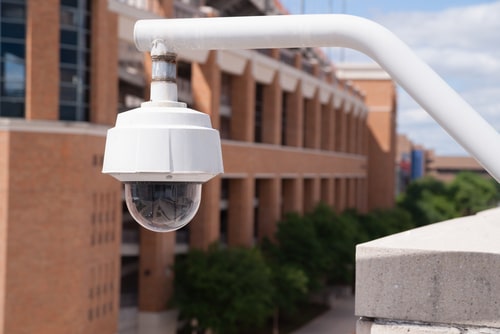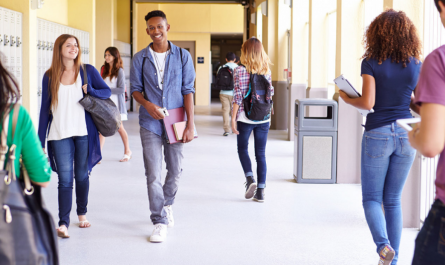As schools are reopening after months-long closure due to the COVID-19 pandemic, they are facing challenges in keeping children and staff safe, mainly due to the emergence of the Delta variant. Notably, many school administrators are already in touch with parents and communities to discuss the safety measures that are being implemented on the campus.
Apart from keeping students safe from the Coronavirus, schools also need to employ strategies to deter other major challenges like gun violence, substance use, etc. Most schools now deploy safety tools such as CCTV surveillance, guards, and emergency alerts to make the campus safer.
In addition to technology-based solutions, schools must encourage connectedness among their staff, teachers, and students. There will be less risk of violence in school if students feel connected with teachers, staff, and classmates, according to the CDC.
| Factors that Can Increase School Connectedness? Adult Support: School staff can dedicate their time, interest, attention, and emotional support to students. Peer Group: A stable network of peers can improve student perceptions of school. Commitment to Education: Believing that school is important to their future, and perceiving that the adults in school are invested in their education, can get students engaged in their learning and involved in school activities. School Environment: The physical environment and psychosocial climate can set the stage for positive student perceptions of school. Source: CDC |
Here are the 8 tools for school safety
1. Surveillance Camera: Installing CCTV cameras on campus minimizes wrongdoings and plays a significant role in school safety. It helps in keeping track of students’ activities.
Surveillance equipment can be placed in the classrooms, library, cafeteria, open ground, conference hall, and entrance and exit gates of the school.
2. Metal Detector: Metal detector plays a major role to deter violence in schools. This school safety tool helps in prohibiting the entry of anyone with a gun, knife, or other weapons.
With the rise in gun-violence culture on the campus, the use of these devices in urban schools has increased over the past years. Administrators consider these tools useful to prevent untoward incidents in school.
3. Communication Devices: Communication devices like telephones, intercoms, and wireless cell phones can be used for school safety to fix security issues. Through the communication devices, staff can immediately alert everyone during emergencies; for example—in the event of a fire incident, staff can pinpoint the location and communicate that there is fire by using the designated alarm sound.
There will be a limited value if the school staff members are patrolling the grounds without communication devices.
4. Panic Button: During an emergency, the panic button can be a lifesaver. It allows teachers and staff members to alert the entire school during a crisis situation.
Through the smart panic button, schools can instantly respond to threats such as an explosion, gas leakage, chemical lab spills, fire, bomb scare, stampede, riots, shooting, kidnapping, hijacking, missing children, injuries at the playground, etc.
5. Desktop Alerts: Schools can make use of E-mail, WhatsApp, or text messages to send alerts that pop up on mobile and computer screens to prevent threats or as a pre-warning. Many schools are adopting this school safety tool to easy-to-use technology to send notifications to students and staff members.
6. Mass Messaging tool: A communication tool that allows school administrators to keep in touch with parents and staff members. There are various mass messaging software in the market that can be used to send notifications to parents, faculty members, and teachers simultaneously.
7. Effective Anti-Virus Software: Schools must install effective anti-virus software and anti-phishing mechanisms to tackle cyberattacks. Hackers can attack the school’s personal computer and steal confidential data to demand a ransom.
8. Access Control Technology: AI-based access control technology provides a high level of safety and security in schools. Swipe cards, proximity cards, coded entries, biometric devices such as fingerprint scanners, facial recognition systems are all parts of access control technology.
Many schools in the U.S. have adopted fingerprint scanners for teachers and students for safety purposes. The technology bars individuals from entering the campus without an access card.
Visitors and contractors are given swipe cards that expire at a predetermined time.




